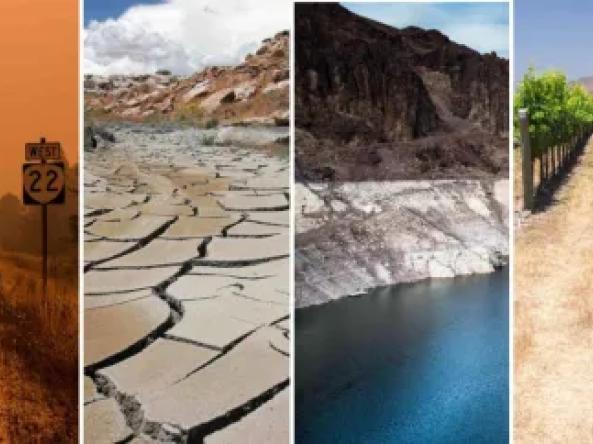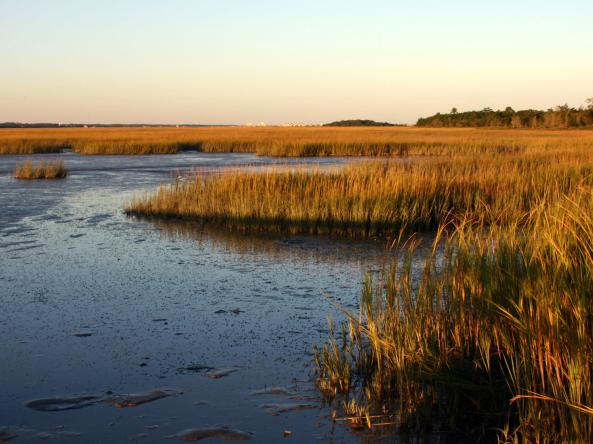For the latest forecasts and critical weather information, visit weather.gov.
NOAA’s National Integrated Drought Information System (NIDIS), in partnership with NOAA’s National Centers for Environmental Information (NCEI) and National Weather Service’s Climate Prediction Center, hosted the 2023 Western Drought Webinar on May 9 to provide the latest information on current drought conditions and outlooks. Speakers from the U.S.
The start of 2023 could best be described as “warm’’ for much of the Southeast, where most states observed their warmest mean temperatures on record between January and March. Temperatures were above average over the past month. Precipitation was more variable with below-average amounts in the northern and southern ends of the region and above-average amounts across the middle of the region and in southeast Florida.
NOAA’s National Integrated Drought Information System (NIDIS), in partnership with NOAA’s National Centers for Environmental Information (NCEI) and National Weather Service’s Climate Prediction Center, is hosting the 2023 Western Drought Webinar on May 9 to provide the latest information on current drought conditions and outlooks.
The Southwest has seen record-setting snowpack this winter. Short-term drought in the region has greatly improved. As we look forward to the spring melt, what will this mean for reservoir storage and long-term drought? This April 2023 webinar examined current and forecast drought conditions for Arizona, Colorado, New Mexico, Nevada, and Utah and then highlighted the spring runoff and streamflow forecasts for the Colorado River Basin.
This past month brought a roller coaster of temperature changes to the Southeast, beginning with unseasonably warm weather during the first week of March, followed by cooler weather with subfreezing temperatures during the middle of the month, then a return to unseasonably warm weather at the end of the month. Precipitation was below average across the region, with many locations receiving less than half of their expected amounts.
Short-term drought in the Southwest has greatly improved while long-term drought continues. This webinar looked at current and forecast drought conditions for Arizona, Colorado, New Mexico, Nevada, and Utah, followed by an introduction to the Community Collaborative Rain, Hail, and Snow Network (CoCoRaHS).
This workshop—jointly hosted by the Texas Water Development Board, University of Texas at Arlington, and the National Integrated Drought Information System—will serve as a platform for reservoir operators, forecasters from the National Weather Service, scientists from NOAA and regional institutions, and program managers from federal agencies to review lessons from FIRO adoption nationwide and in Texas.
Short-term drought in the Southwest has greatly improved while long-term drought continues. The February 2023 Southwest Drought Briefing webinar looked at current and forecast drought conditions for Arizona, Colorado, New Mexico, Nevada, and Utah.
Temperatures were above average over the past two months, except during an Arctic Outbreak that affected the broader region in late December. Recent rains have helped eliminate drought across the interior of the region, with some dry areas still remaining along the coastal Florida Panhandle to the Delmarva Peninsula. Streamflows are currently near normal across most of the region, as we head into the peak of recharge season in the southeast U.S.



